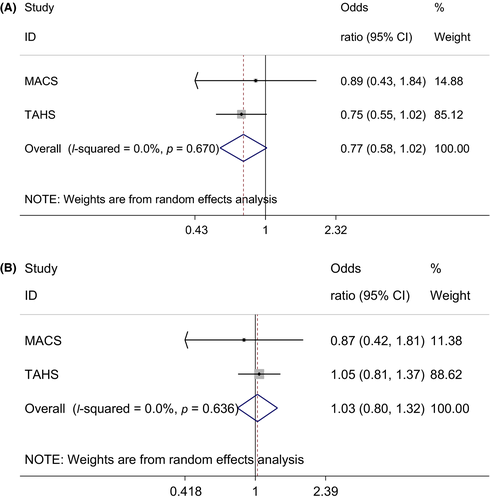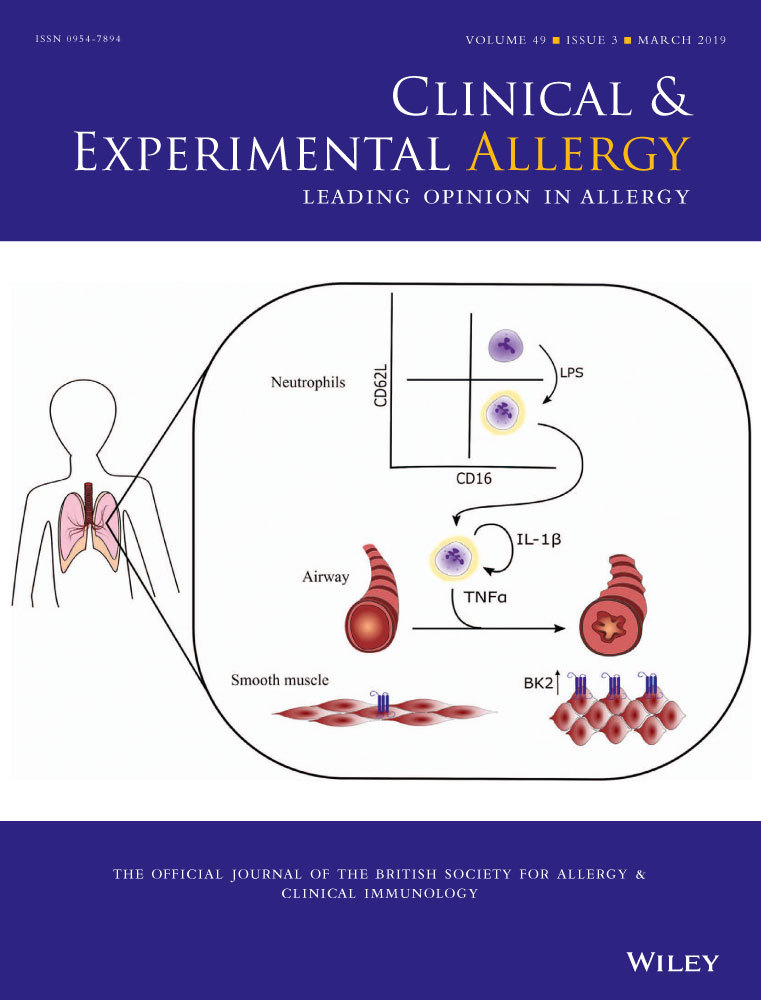Sibs, low-level allergic sensitization and adolescents
In this issue of the Journal, Mammen et al1 examine adolescents’ experiences of asthma and self-managing their disease. This is a population that often poorly adheres to therapy,2 so a better understand of adolescents might help us to improve their self-management. To overcome problems of collecting diary data in this group, the authors used digital voice diaries to record participants’ experiences. These data revealed that the adolescents experienced many more symptoms than their baseline responses suggested leading to a misclassification of their asthma control. Strategies, other than their reliever inhaler, were often used in response to symptoms. This might explain why adolescent patients appear to be poorly adherence to prescribed medication. It also demonstrates the reasons why we need to see things from their viewpoint as well as consider novel approaching to supporting them.3
Nilsson et al. have looked at whether low–level-specific IgE levels (0.1-0.34 kU/L) during infancy to egg, milk and peanut are clinically significant.4, 5 They analysed data from 6 months to 5 years from the prospective ALADDIN cohort. Low-specific IgE levels to foods at 6 months were associated with a very high likelihood of later aeroallergen sensitization and in some cases eczema. So although very low-specific IgEs may not have a clinical significance during infancy, they seem to provide some helpful prognostic information.
Finally, Lau et al6 have looked at whether sibs in early life might alter the relationship between CD14 polymorphisms and the development of allergic sensitization. They used data from the Tasmanian Longitudinal Health Study and the Melbourne Atopy Cohort Study. There was no relationship between CD14 polymorphisms and allergic sensitization in either cohort whereas sibling exposure was associated with reduced risk. A meta-analysis showed evidence of an interaction such that early life sibling exposure with one CD14 polymorphism further reduced the risk of later allergic sensitization (Figure 1).

Please can remind you to visit the UK governmental consultation on allergen labelling (https://consult.defra.gov.uk/agri-food-chain-directorate/consultation-on-amending-allergen-information/)—deadline 29th March 2019.7 Registration is also now open for the British Society of Allergy and Clinical Immunology Annual Conference—3rd to 5th October 2019 (https://bsacimeeting.org/). The meeting is moving to Harrogate, a beautiful small town in the Yorkshire Dales and very near to where I lived for a time.




